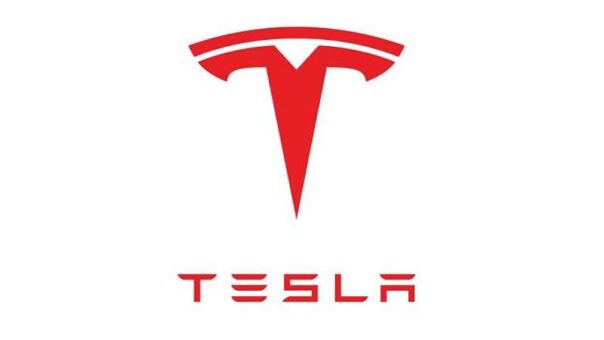Tesla Inc., the leading US electric vehicle manufacturer, announced a significant decline in its financial performance for the first quarter of 2024. The company reported a 9 percent drop in total revenue, which fell to $21.3 billion compared to the same period last year.
In the financial details released on Tuesday, Tesla highlighted that its total gross profit for the quarter stood at $3.70 billion, marking an 18 percent decline year over year. Earnings per share also saw a steep decline, falling to 45 cents from 85 cents a year earlier. Additionally, the company’s net income attributable to common stockholders (GAAP) plummeted by 55 percent to $1.13 billion.
One of the more concerning figures released was the total quarterly deliveries, which at 386,810, fell below analysts’ estimates. The company’s total production was reported at 433,371 vehicles during the quarter, showing a decline of 1.7 percent year over year and 12.5 percent sequentially. Of these, 412,376 were Model 3/Y vehicles with deliveries totaling 369,783, while the production and delivery of other models stood at 20,995 and 17,027, respectively.
In addition to the disappointing production and delivery figures, Tesla’s financial health was further impacted by a dramatic decrease in free cash flow, which stood at negative $2.53 billion by the end of the quarter, marking a 674 percent decrease year over year.
The company attributed some of its production challenges to external factors, including a decrease in production at Tesla’s Gigafactory in Shanghai. This decline was attributed to seasonal fluctuations and planned shutdowns around the Chinese New Year. Despite these setbacks, Tesla remains optimistic about demand improvements over the year as it enters new markets such as Chile, which will primarily be supplied from the Shanghai factory.
Tesla also faced unforeseen challenges including the ongoing conflict in the Red Sea and an arson attack at its Gigafactory Berlin. Additionally, the gradual ramp-up of the updated Model 3 in Fremont posed internal production hurdles. Despite these adversities, the company noted a sequential decline in the cost of goods sold per unit, driven mainly by lower raw material costs.
Addressing the competitive landscape, Tesla remarked on the industry-wide pressure on global electric vehicle (EV) sales, with many carmakers prioritizing hybrids over pure EVs. While this trend benefits Tesla’s regulatory credits business, the company expressed a preference for a stronger industry push towards EV adoption, aligning with its mission of accelerating the world’s transition to sustainable energy.
In response to the economic headwinds, Tesla has implemented a cost-cutting exercise aimed at increasing operational efficiency. The company remains committed to reducing costs per vehicle across the board.
Despite the cutbacks in some areas, Tesla is continuing to invest heavily in future growth initiatives. These investments include enhancements in AI infrastructure, production capacity, and expansions of the Supercharger and service networks, as well as new product infrastructure. Tesla reported capital expenditures of $2.8 billion during the quarter, underscoring its commitment to long-term growth despite short-term challenges.
As Tesla navigates through these tumultuous times, the company’s strategy of balancing cost-efficiency with aggressive investment in innovation will be crucial in maintaining its lead in the competitive EV market.
